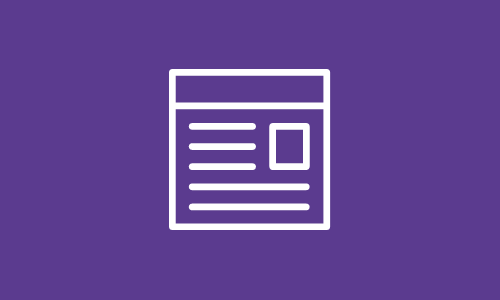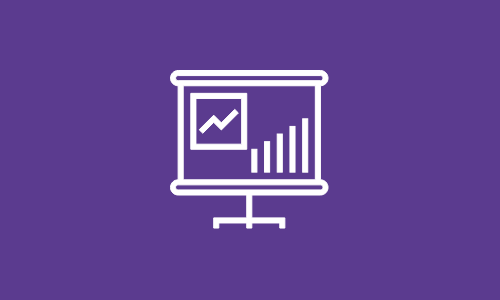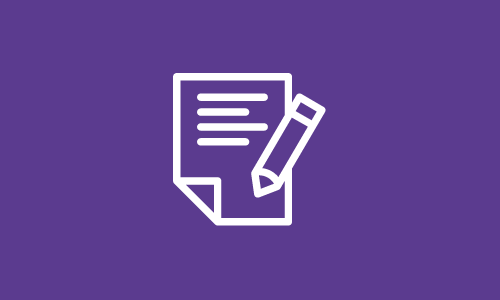Growth modeling


The learning curve: Revisiting within-year linear growth assumptions
Important educational policy decisions, like whether to shorten or extend the school year, often assume that growth in achievement is linear through the school year. This research examines this untested assumption using data from seven million students in kindergarten through 8th grade across the fall, winter, and spring of the 2016-17 school year.
By: Megan Kuhfeld, James Soland
Topics: Measurement & scaling, Growth modeling, Seasonal learning patterns & summer loss


In this AERA video brief, Megan Kuhfeld shares major findings and implications of preliminary projections of the potential impact of COVID-19-related school closures in spring 2020 on student learning, published this month in Educational Researcher.
By: Megan Kuhfeld, James Soland, Beth Tarasawa, Angela Johnson, Erik Ruzek, Jing Liu
Topics: COVID-19 & schools, Growth modeling, Seasonal learning patterns & summer loss


Projecting the potential impact of COVID-19 school closures on academic achievement
This study provides a series of projections of COVID-19-related learning loss based on estimates from absenteeism literature and analyses of summer learning patterns of 5 million students.
By: Megan Kuhfeld, James Soland, Beth Tarasawa, Angela Johnson, Erik Ruzek, Jing Liu
Topics: COVID-19 & schools, Growth modeling, Seasonal learning patterns & summer loss


Growth patterns and distance learning tips for students who are deaf and hard of hearing webinar
In this webinar, learn what new research shows about the academic growth trajectories of students who are deaf or hard of hearing (DHH), and tips for supporting students who are DHH in distance learning.
By: Stephanie Cawthon, Elizabeth Barker, Johny Daniel, North Cooc, Jessica Meissner
Topics: Equity, Accessibility, Growth modeling


Projecting the impact of the COVID-19 spring school closures on student learning
In this Stanford Center for Education Policy Analysis seminar, Megan Kuhfeld discusses projections of COVID-19-related learning loss and its potential effect on test scores in the 2020-21 school year and outlines on-going work to measure student learning between the 2019-20 and 2020-21 school years.
By: Megan Kuhfeld
Topics: COVID-19 & schools, Growth modeling, Seasonal learning patterns & summer loss


A huge portion of what we know about how humans develop, learn, behave, and interact is based on survey data. Although there is great deal of guidance on scaling and linking IRT-based large-scale educational assessment to facilitate the estimation of examinee growth, little of this expertise is brought to bear in the scaling of psychological and social-emotional constructs. Through a series of simulation and empirical studies, we produce scores in a single-cohort repeated measure design using sum scores as well as multiple IRT approaches and compare the recovery of growth estimates from longitudinal growth models using each set of scores.
By: Megan Kuhfeld, James Soland
Topics: Measurement & scaling, Growth modeling, Social-emotional learning


NWEA 2020 MAP Growth Achievement Status and Growth Norms for Students and Schools
The 2020 MAP Growth Norms report presents mathematics, reading, language arts and science achievement and growth patterns for students attending public schools across the U.S. It includes details on the methodological approach, information on MAP Growth assessments, the tested student population and post-stratification weighting, growth modeling, and implications of the study for research and practice, as well as tables showing student and school status and growth norms, status percentiles, growth distributions, and growth percentiles
Topics: Growth modeling, Measurement & scaling


